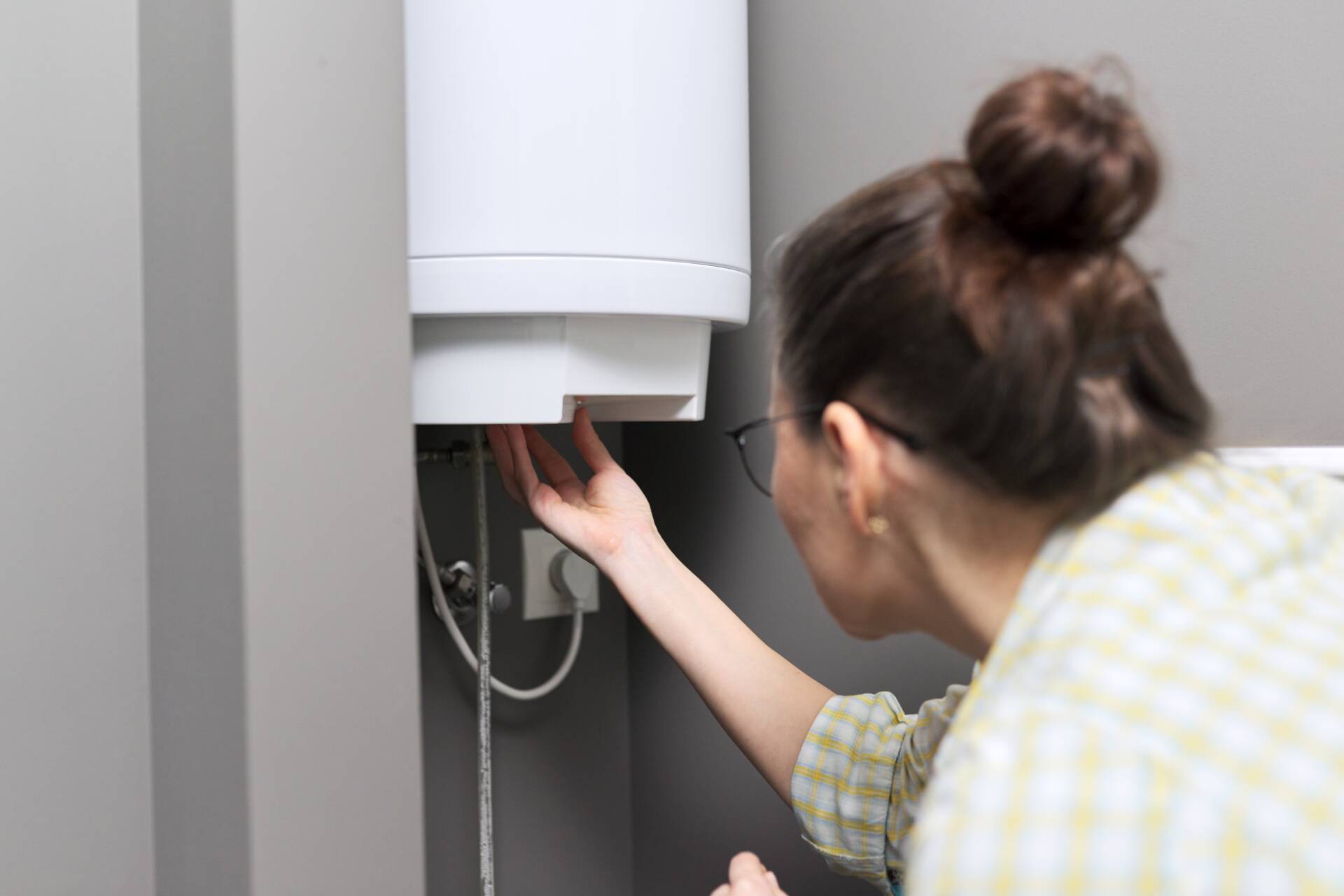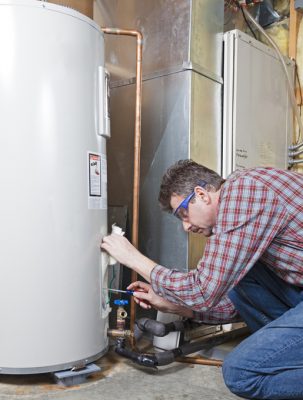They are making several good pointers relating to How to Maintain Your Water Heater & Prolong its Life in general in this article following next.

Hot water is vital for everyday comfort, whether it's for a rejuvenating shower or cleaning recipes. To guarantee your warm water system runs efficiently and lasts much longer, normal maintenance is crucial. This article provides functional tips and insights on exactly how to preserve your home's hot water system to stay clear of disruptions and pricey repair services.
Introduction
Keeping your home's warm water system might seem challenging, however with a few simple actions, you can guarantee it operates efficiently for many years to find. This guide covers whatever from comprehending your hot water system to do it yourself upkeep ideas and knowing when to employ specialist help.
Significance of Maintaining Your Hot Water System
Normal maintenance not only expands the life-span of your hot water system but additionally ensures it operates effectively. Ignoring upkeep can lead to decreased performance, greater energy costs, and even early failure of the system.
Indicators Your Hot Water System Needs Upkeep
Knowing when your hot water system needs attention can protect against major concerns. Keep an eye out for indications such as inconsistent water temperature, weird sounds from the heating unit, or rustic water.
Understanding Your Warm Water System
Before diving into maintenance tasks, it's helpful to recognize the fundamental elements of your hot water system. Usually, this consists of the water heater itself, pipes, anode rods, and temperature controls.
Regular Monthly Maintenance Tasks
Regular monthly checks can help capture small concerns prior to they intensify.
Flushing the Water Heater
Purging your hot water heater eliminates sediment buildup, improving performance and lengthening its life.
Monitoring and Replacing Anode Rods
Anode rods prevent rust inside the storage tank. Examining and changing them when worn is essential.
Examining and Adjusting Temperature Level Settings
Adjusting the temperature level setups guarantees optimal performance and safety and security.
DIY Tips for Maintenance
You can perform several upkeep tasks on your own to keep your warm water system in top problem.
Checking for Leakages
Frequently inspect pipelines and connections for leakages, as these can lead to water damage and greater expenses.
Checking Stress Alleviation Valves
Checking the stress relief valve guarantees it operates appropriately and avoids too much pressure accumulation.
Protecting Pipes
Insulating warm water pipelines reduces warm loss and can conserve energy.
When to Call a Specialist
While do it yourself maintenance is useful, some problems call for specialist knowledge.
Complicated Concerns Calling For Professional Assistance
Instances consist of significant leakages, electric troubles, or if your water heater is consistently underperforming.
Routine Expert Maintenance Perks
Expert upkeep can consist of detailed assessments, tune-ups, and guaranteeing compliance with safety requirements.
Final thought
Routine upkeep of your home's warm water system is necessary for effectiveness, durability, and expense savings. By following these suggestions and understanding when to look for specialist help, you can ensure a trustworthy supply of hot water without unexpected interruptions.
Water Heater Maintenance Tips
Test the TPR Valve
Shut off the power and the cold-water supply valve. Place a bucket under the pipe connected to the temperature-pressure-release (TPR) valve on the top or side of the tank. (This valve opens if the tank pressure gets too high.) Lift the valve’s tab to let some water out, then let go. If water keeps flowing, drain the tank partway, unscrew the old valve with a pipe wrench, and install a new one. Check the Anode Rod
Put a hose to the tank’s drain cock and let out a few gallons of water. Now fit a 1 1/16-inch socket onto the rod’s hex head on top of the heater (or under its top plate) and unscrew the rod. If it’s less than ½ inch thick or coated with calcium, buy a new one, wrap its threads with Teflon tape, put it back in the tank, and tighten securely. Use this segmented rod if headroom above the tank is limited. Drain the Tank and Wash Out Sediment
Drain the remaining water in the tank into the bucket, then stir up the sediment on the tank’s bottom by briefly opening the cold-water supply valve. Drain and repeat until clean water comes out of the hose. Close the drain cock, refill the tank, and turn its power back on. Adjust the Temperature
Find the temperature dial on the side of the tank and unscrew its cover. Adjust the dial to 120 degrees using a flathead screwdriver. For every 10 degrees the temperature is lowered, you can expect to save up to 5 percent in energy costs. Turn the water heater off or the thermostat down to its lowest setting if you plan to be away from home for more than three days. Insulate the Pipes
Buy some self-sticking 3/8-inch-thick foam pipe insulation that matches the pipes’ diameter. Slide the foam over the hot-and cold-water pipes as far as you can reach. Insulating the cold-water pipe prevents condensation in summer. Peel the tape and squeeze the insulation closed. If the pipe is 6 inches or less from the flue, cover it with 1-inch-thick unfaced fiberglass pipe wrap. https://www.thisoldhouse.com/plumbing/21016402/how-to-maintain-a-water-heater

I stumbled upon that piece of writing on Tips For Maintaining Your Hot Water Heater when looking around the search engines. Enjoyed our write up? Please quickly share it. Let someone else find it. Many thanks for your time spent reading it.
Book A Free Estimate